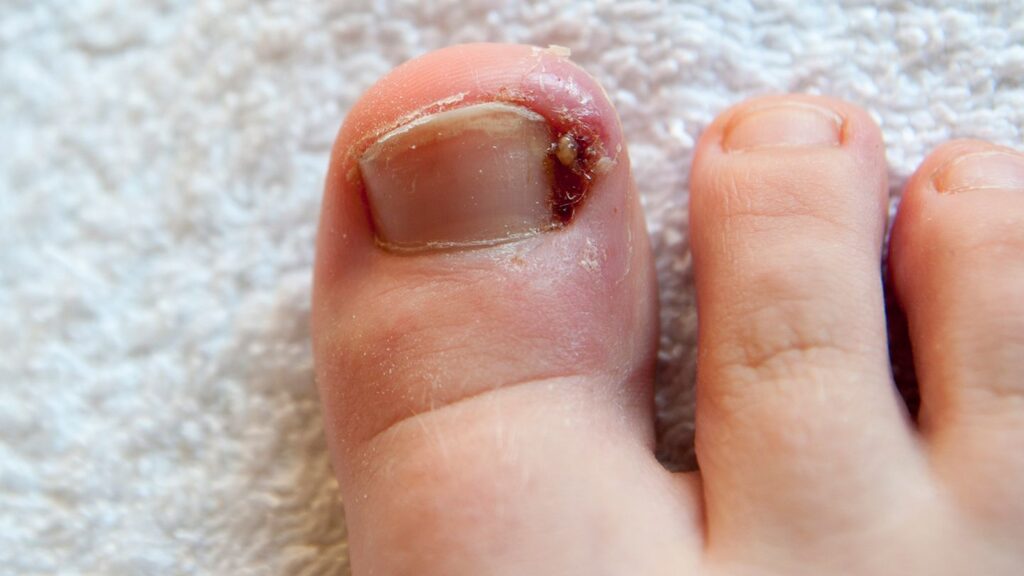We stand on our feet for 24 hours a day. For the uninitiated, each human foot contains 26 bones, which work with the help of numerous ligaments, muscles, and tendons. Various activities can sometimes impact the overall health of our feet, and if you are experiencing pain or have an infection, you should see a foot doctor in Maryville, IL, without delay. In this post, we are discussing some common foot ailments.
- Bunions: Also known by the medical term “Hallux Abducto Valgus,” bunions refer to a condition where the big toe’s motion starts pointing inward. Bunions are not only unsightly but can also cause unprecedented pain. There are various options to treat bunions, including surgery and orthotic therapy.
- Heel Spurs: A heel spur refers to the condition when there is a calcium buildup on the calcaneus ‘ plantar surface. Foot orthotics are usually the first line of treatment, which helps relieve the pressure on the plantar fascia, but your foot doctor may also recommend surgery, depending on the symptoms.
- Plantar Fasciitis: Often the reason for stabbing heel and foot pain in the morning, plantar fasciitis is a fairly common condition that is related to the inflammation and irritation of the plantar fascia. While surgery is an option, there are various other ways of managing pain related to plantar fasciitis, including wearing cushioned shoes and losing weight.
- Corns and Calluses: While both corns and calluses are common in adults, there are not severe symptoms in many cases. In some cases, one may experience pain, and your doctor may rely on many treatments, including the use of an orthotic insole.
- Hammertoes: Also known as claw toes, hammertoes are typically benign but can cause discomfort. Doctors may rely on a foot orthotic that is customized for each patient. Ensuring supporting the foot arch is one of the best ways to minimize pressure so that the toes can work properly.
- Athlete’s Foot: The last one on our list is athlete’s foot, which is triggered by a tinea fungus. You may get this infection or skin disease by touching fungus-contaminated surfaces or coming in direct contact with someone who has the same. Changing tights and socks on a regular basis is a great way to start.
If you have any of the above conditions, remember to check with a foot doctor to understand the treatment options, as most foot problems are treatable.
About Author
You may also like
-
Top Tips to Make Your Affordable Online Doctor Visit Efficient and Effective
-
Improve Your Hair Density With Hair Transplant Treatment
-
Unlock Exclusive Member Perks: Recovery, Rewards, and More at Universal Athletic Club
-
Dual Diagnosis: Treating Co‑Occurring Disorders
-
Choosing Between Inpatient and Outpatient Treatment


